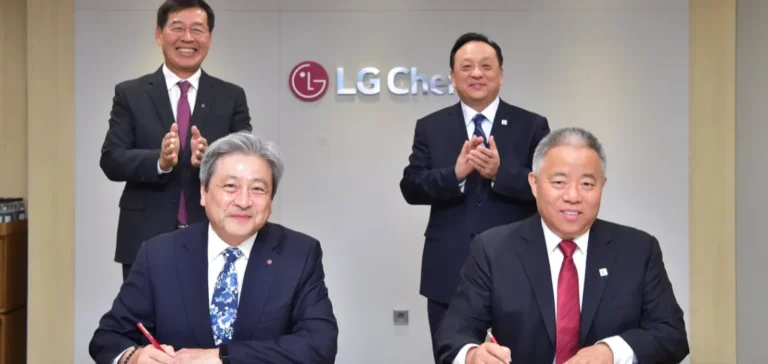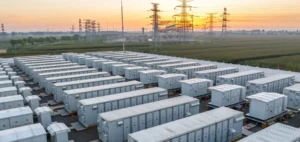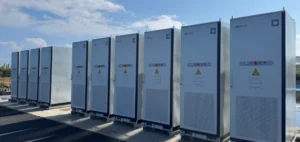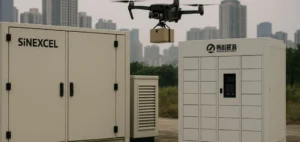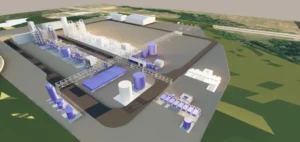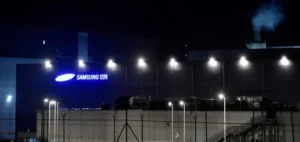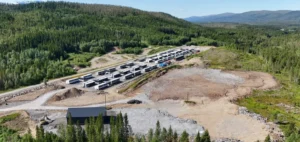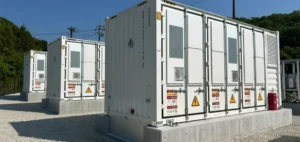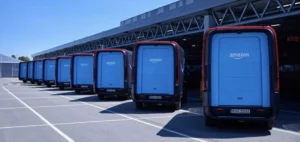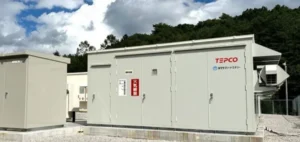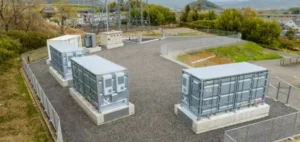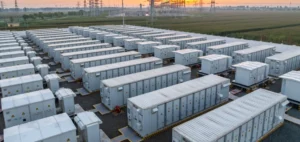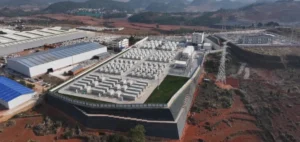On November 4, 2025, Sinopec (China Petroleum & Chemical Corporation) and LG Chem signed a joint development agreement for sodium-ion battery materials, focusing specifically on cathode and anode materials. This collaboration will focus on applications in energy storage systems and low-speed electric vehicles, particularly in the Chinese and global markets.
The partnership aims to accelerate the commercialization of sodium-ion batteries, a promising technology that offers notable advantages over lithium-ion batteries, including better resource accessibility and cost efficiency. These batteries are also safer and offer faster charging performance. They demonstrate better capacity retention in low-temperature conditions, surpassing lithium iron phosphate batteries. These characteristics make sodium-ion batteries a technology with strong commercial potential.
China is expected to play a central role in the expansion of this technology. According to industry forecasts, the Chinese sodium-ion battery market could grow from 10 GWh in 2025 to 292 GWh by 2034, with an average annual growth rate of around 45%. By 2030, China is expected to account for over 90% of global sodium-ion battery production.
Leaders from both companies expressed enthusiasm about the collaboration. Hou Qijun, Chairman of Sinopec, emphasized that the agreement would strengthen the technological capabilities and competitiveness of both parties while contributing to the global energy transition. Meanwhile, Shin Hak-Cheol, CEO of LG Chem, stated that this partnership reinforced their business portfolio and supported their commitment to providing differentiated solutions in the electric mobility sector.
Sodium-Ion Batteries Becoming More Competitive in the Market
The development of sodium-ion batteries aims to address the growing global demand for batteries, particularly in the energy storage and electric vehicle sectors. These batteries, due to their lower cost and material accessibility, represent an attractive alternative to existing technologies. They also offer notable advantages for applications in diverse climatic conditions, enhancing their potential in regions with extreme temperatures.
The Chinese market is thus expected to serve as a strategic testing ground, with a projected ramp-up in local production through this collaboration. Sinopec and LG Chem plan to develop new business models while exploring other sectors related to new energy and high-value materials.
A Cooperation Aimed at Strengthening Global Position
The agreement between Sinopec and LG Chem marks an important step in the diversification of global energy solutions. Both companies intend to extend this cooperation into other sectors related to renewable energy and advanced materials, addressing the growing demand for more sustainable and cost-effective technologies. This collaboration is set against a global backdrop where competitiveness in the energy sector is becoming a major strategic issue.
Leaders from both companies expressed cautious optimism about the impact of this collaboration, highlighting the mutual benefits for research and development of new technologies, as well as for establishing more accessible and effective energy solutions worldwide.


